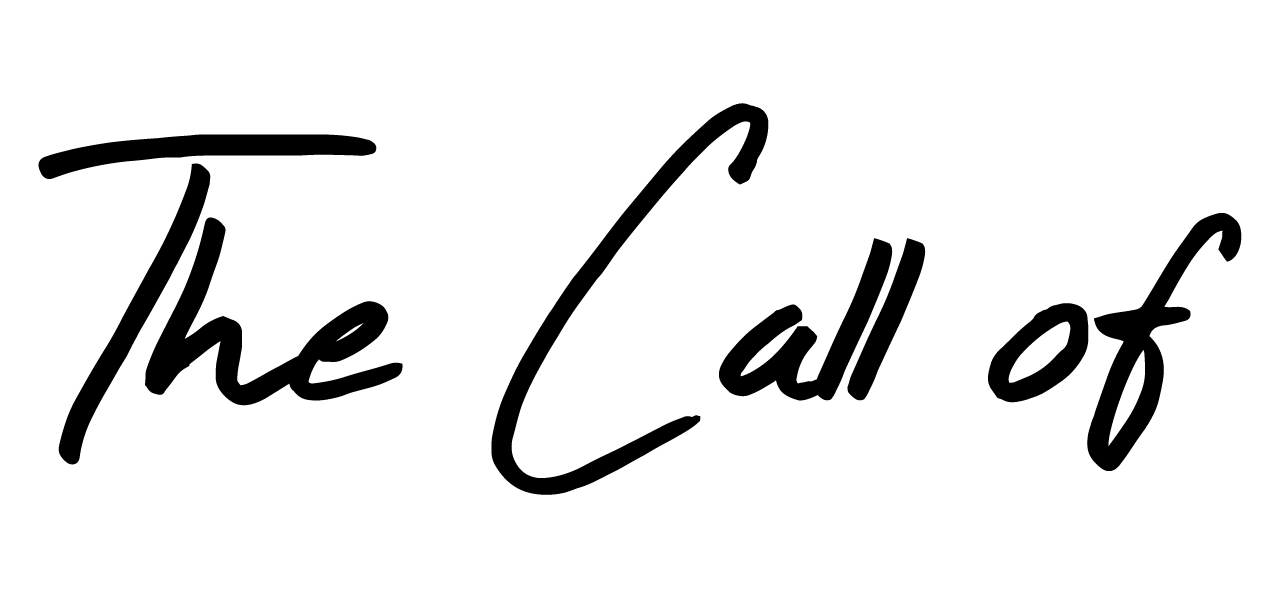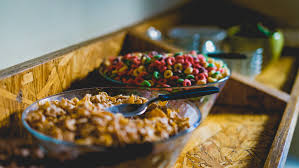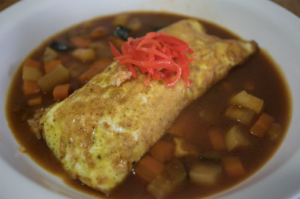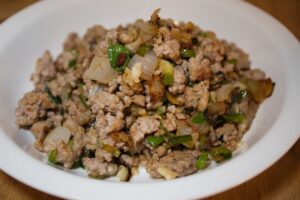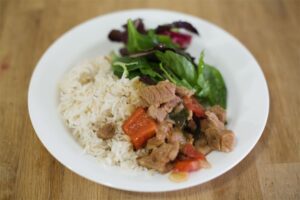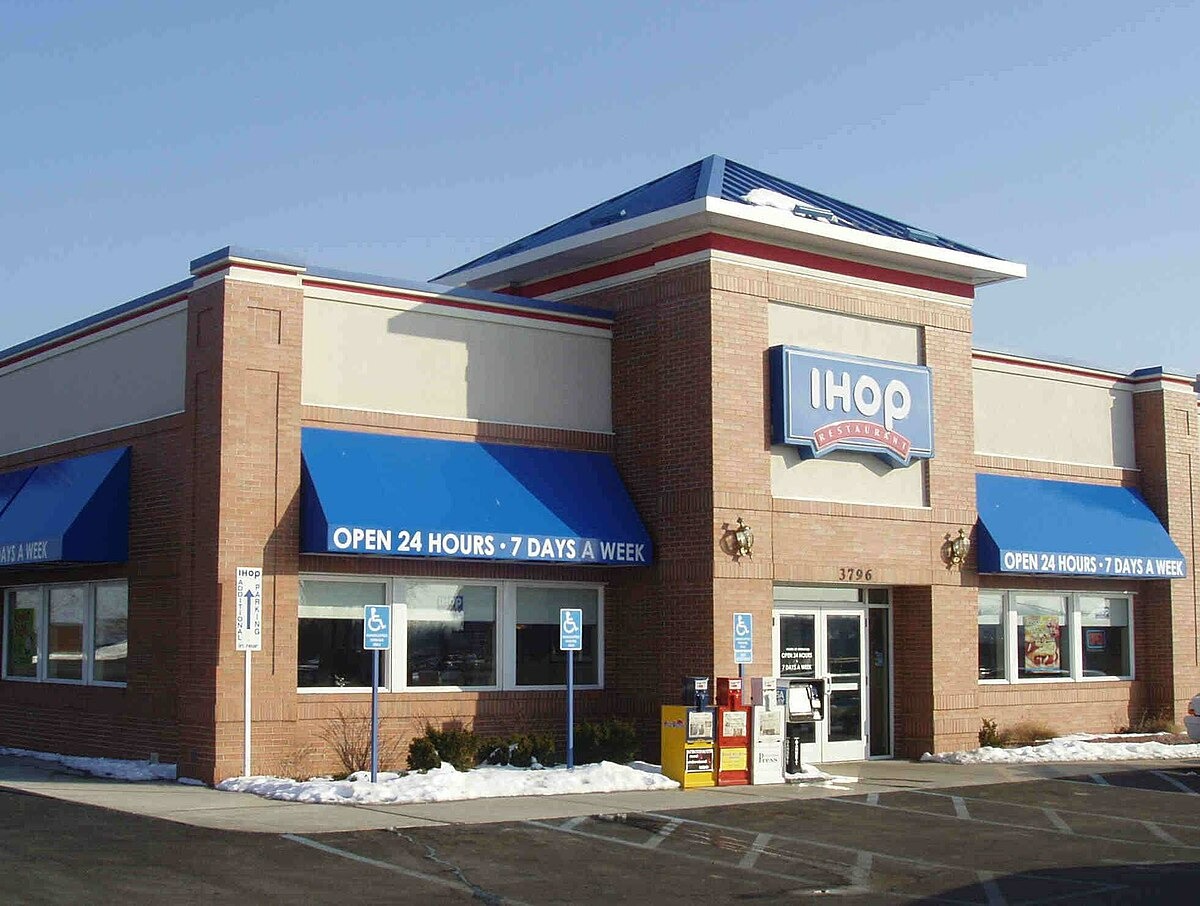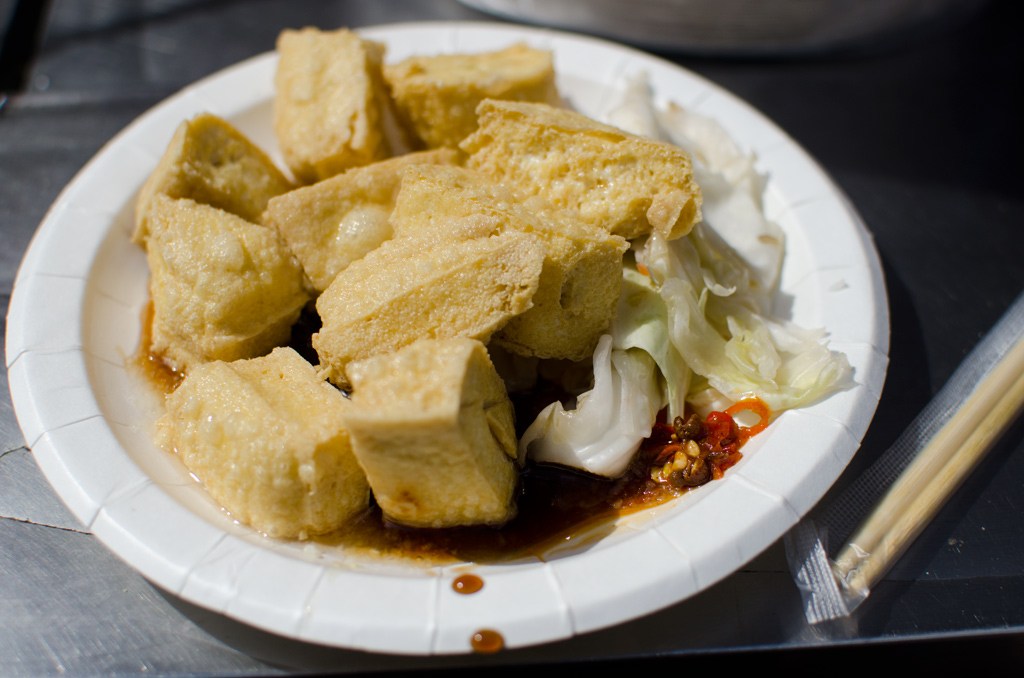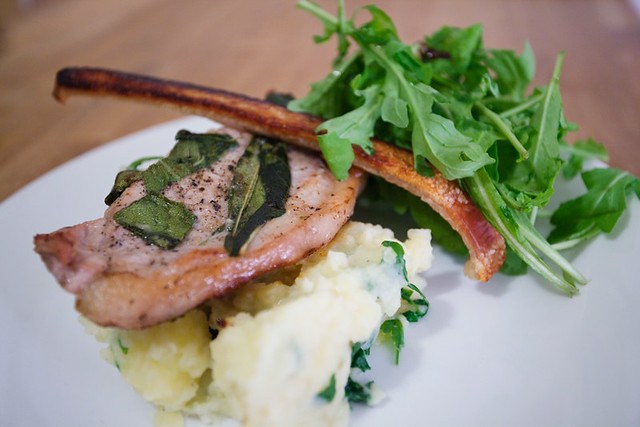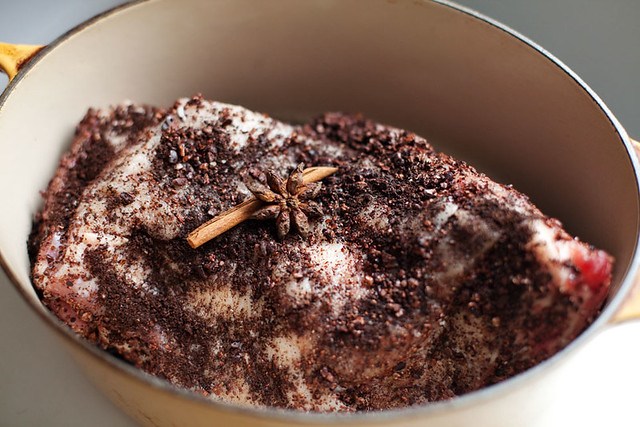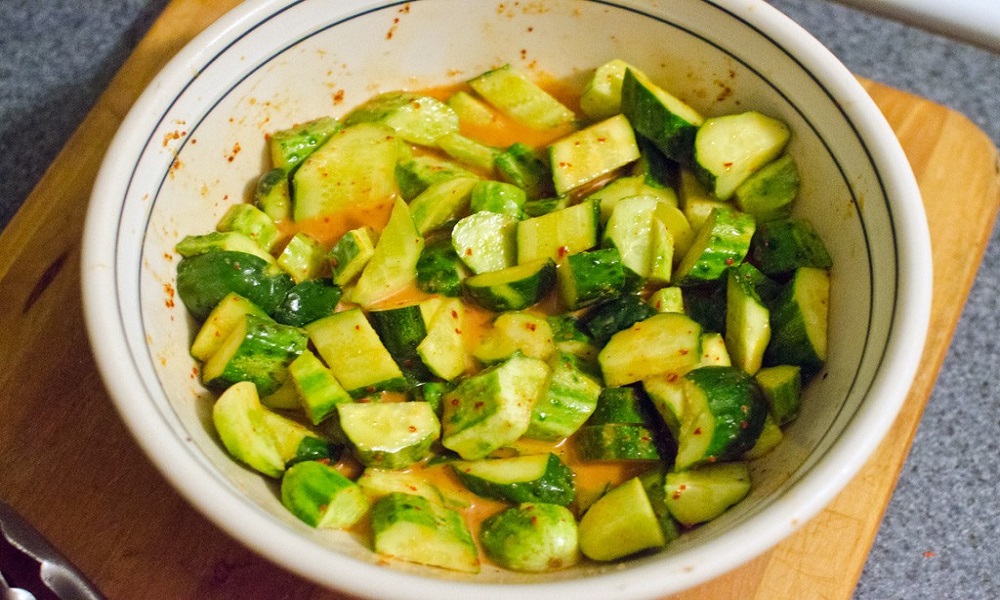There’s something beautifully tragic about the breakfast cereal aisle—rows of brightly colored boxes promising morning magic, when most deliver little more than a sugar rush disguised as nutrition.
What began in the late 19th century as a health movement has morphed into something the Kellogg brothers wouldn’t recognize. Those early cereals were about digestive wellness and whole grains, not cartoon mascots hawking frosted sugar bombs to sleepy children.
The Sweet Decline of Morning Nutrition
Recent studies reveal a troubling truth: children’s cereals are becoming sweeter by the year. A 2025 study found that many popular breakfast cereals now pack significantly more sugar than their counterparts from a decade ago.
This isn’t just about taste preferences—it’s about rewiring young palates to crave sweetness before they’ve even finished their first cup of orange juice.
The irony cuts deeper than a spoon through milk. While parents rush through morning routines, believing they’re providing nutritious fuel for their children’s day, many are unknowingly serving up what amounts to candy in a bowl.
The average sugary cereal now contains more sweeteners per serving than some cookies. But here’s where the story gets interesting—not all hope is lost in the cereal wilderness.
Decoding the Breakfast Battlefield
The healthiest cereals reveal themselves through unflinching ingredient honesty. Whole grains should claim the top spot, not hide behind flashy health claims and cartoon characters.
Brands like Ezekiel 4:9 and Nature’s Path Heritage Flakes exemplify this transparency. They deliver substantial fiber—at least 3-4 grams per serving—without relying on sugar to mask bland flavors. And if you are seeking even deeper insight on how to make healthy food choices, check out Mass General Brighams database with true processing levels in 50,000 grocery items.
Protein is also your morning ally. Cereals with 3 or more grams per serving provide sustained energy, transforming breakfast from a fleeting sugar high into genuine fuel that carries children through to lunch without classroom fidgeting.
The sugar ceiling should hover around 8 grams per serving—any higher, and breakfast starts resembling dessert. Cereals like Lucky Charms and Froot Loops routinely exceed 12 grams, turning morning meals into inadvertent candy binges that would make dentists weep.
Beyond the Marketing Mirage
Cereal packaging has become an art form of misdirection. Products boast “fortified with vitamins” while burying the fact that they contain more sugar than a glazed donut. The most nutritious cereals often come in plain boxes without cartoon spokescharacters—a telling sign in itself.
Real nutrition doesn’t need flashy marketing. Oatmeal, muesli, and whole grain cereals with minimal processing offer the morning sustenance our bodies actually crave—not just what our sugar-addicted taste buds think they want. You can also introduce your kids to some of the forgotten foods that deserve a comeback, allowing them to discover the wholesome flavors that fueled generations past.
The breakfast table deserves better than this daily deception. When we choose cereals that nourish rather than merely satisfy, we’re not just feeding our families—we’re reclaiming the morning meal from corporate marketing departments and returning it to its rightful purpose: fueling the adventures ahead.

